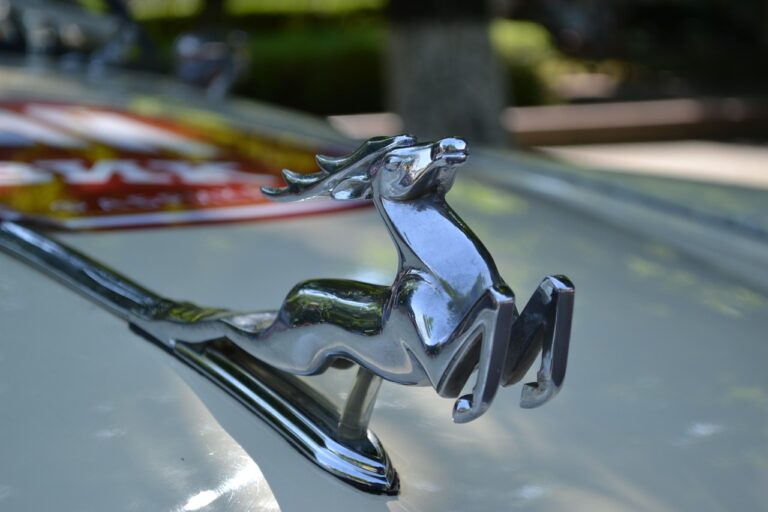The Influence of Sustainable Transportation Policies on Car Ownership Rates
Public transportation accessibility plays a crucial role in influencing car ownership rates within communities. Areas with well-developed public transportation systems often see lower rates of car ownership, as residents have alternative transportation options readily available. Providing convenient and efficient public transportation can reduce the need for individuals to own personal vehicles, resulting in decreased car ownership rates in urban areas.
Conversely, communities with limited access to public transportation tend to have higher rates of car ownership. In these areas, where relying on a car is often the only viable transportation option, residents are more likely to own and maintain personal vehicles. Improving public transportation accessibility, such as expanding bus routes, increasing the frequency of trains, or developing bike-sharing programs, can help mitigate high car ownership rates and promote a more sustainable mode of transportation within cities.
The Impact of Bike-Friendly Infrastructure on Car Ownership Rates
Bike-friendly infrastructure plays a crucial role in influencing car ownership rates in urban areas. By providing safe and convenient options for cycling, cities can encourage residents to rely less on owning a car. When individuals feel comfortable and supported in using bikes as a mode of transportation, they may be more inclined to forego the expenses associated with owning and maintaining a car.
Moreover, the presence of bike-friendly infrastructure promotes a shift towards sustainable transportation choices. This shift not only reduces the number of cars on the road but also contributes to lowering greenhouse gas emissions and alleviating traffic congestion. As more cities invest in building bike lanes, bike-sharing programs, and bike racks, they create an environment that fosters a culture of cycling and decreases the reliance on private car ownership.
• Bike-friendly infrastructure provides safe and convenient options for cycling
• Encourages residents to rely less on owning a car
• Reduces expenses associated with car ownership and maintenance
• Promotes a shift towards sustainable transportation choices
• Lowers greenhouse gas emissions and alleviates traffic congestion
• More cities investing in building bike lanes, bike-sharing programs, and bike racks foster a culture of cycling
How Urban Planning Decisions Affect Car Ownership Rates
Urban planning decisions play a crucial role in influencing car ownership rates within a community. When cities prioritize the development of efficient public transportation systems and pedestrian-friendly infrastructure, residents are more likely to rely less on private vehicles. This shift towards sustainable modes of transportation not only reduces the need for individual car ownership but also contributes to a more environmentally friendly and socially inclusive urban environment.
Moreover, urban planning decisions that promote mixed land-use developments can also impact car ownership rates. By creating vibrant neighborhoods where residents can live, work, and access amenities within walking or cycling distance, the dependence on cars diminishes. This approach not only reduces traffic congestion and pollution but also fosters a sense of community and well-being among residents. Thus, thoughtful urban planning strategies can significantly influence the level of car ownership within a city.
How does public transportation accessibility affect car ownership rates?
Studies have shown that cities with better public transportation systems tend to have lower car ownership rates. When public transportation is convenient and reliable, people are less likely to rely on owning a car for their daily transportation needs.
What is the impact of bike-friendly infrastructure on car ownership rates?
Cities that invest in bike-friendly infrastructure, such as bike lanes and bike-sharing programs, often see a decrease in car ownership rates. This is because biking becomes a more attractive and convenient option for short trips, reducing the need for owning a car.
How do urban planning decisions affect car ownership rates?
Urban planning decisions play a crucial role in determining car ownership rates. Factors such as the availability of public transportation, bike-friendly infrastructure, and walkable neighborhoods all influence the likelihood of individuals owning a car in a city. By prioritizing sustainable and alternative modes of transportation, urban planners can help reduce car ownership rates in a community.





